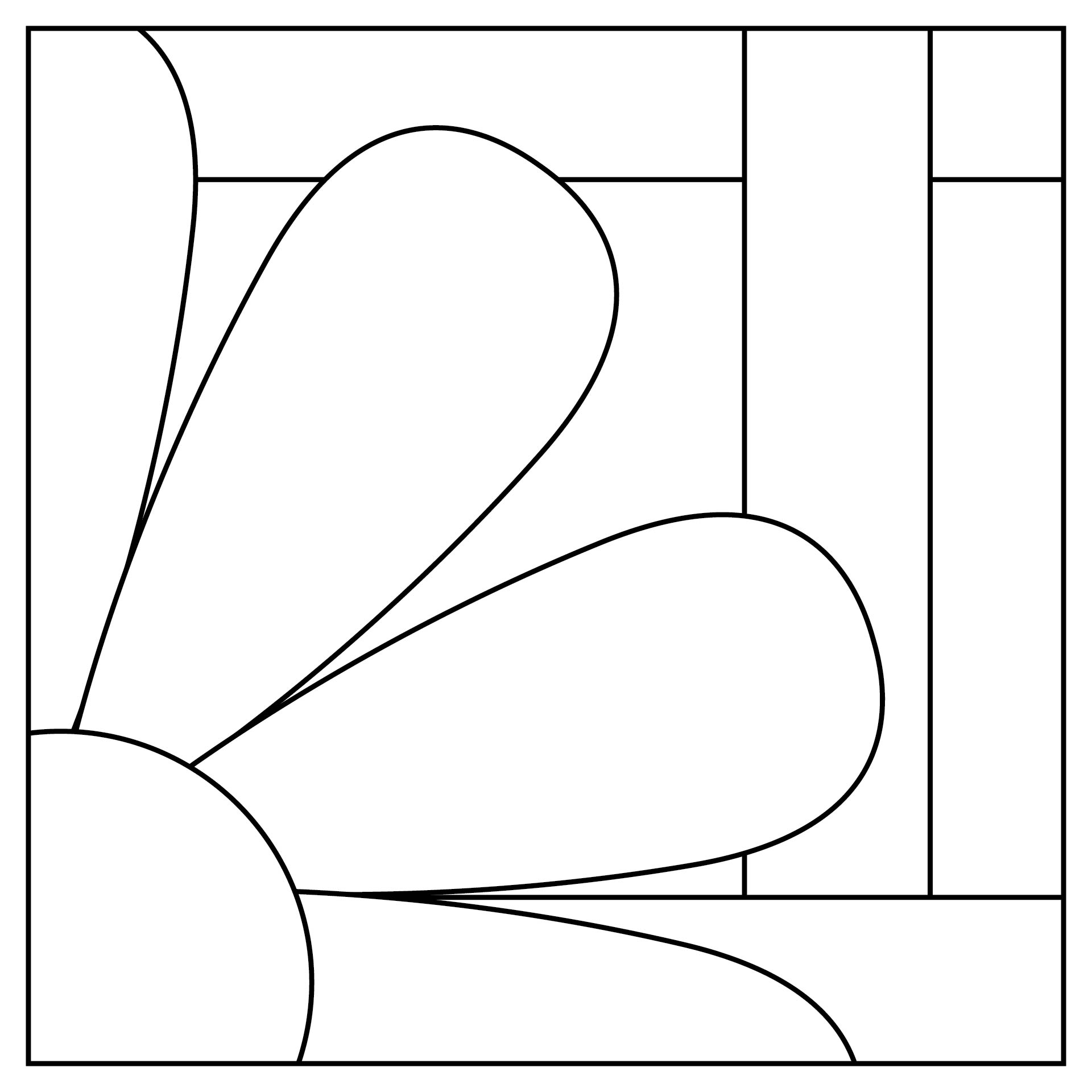Free printable stained glass patterns offer a world of creativity at your fingertips. With a wide range of designs and the convenience of printing them for free, you can embark on exciting projects without breaking the bank. Let’s explore the beauty and versatility of these patterns and discover how they can bring your artistic visions to life.
Introduction to Stained Glass Patterns

Stained glass patterns refer to designs or motifs that are created specifically for use in stained glass art. These patterns are used as templates to guide the placement of colored glass pieces, which are then assembled to create beautiful and intricate stained glass windows, panels, or other decorative elements.Stained
glass patterns have gained immense popularity and appeal over the years due to their unique and captivating aesthetic. The vibrant colors and intricate designs of stained glass patterns make them visually stunning and eye-catching. They add a touch of elegance and artistry to any space, whether it be a church, a museum, or even a home.There
are various types of stained glass patterns, each with its own distinct style and characteristics. Some examples include geometric patterns, floral patterns, abstract patterns, and religious symbols or scenes. Geometric patterns often feature repetitive shapes and lines, creating a sense of symmetry and balance.
Floral patterns, on the other hand, incorporate elements of nature such as flowers, leaves, and vines, bringing a sense of beauty and tranquility to the design. Abstract patterns can be more experimental and unconventional, playing with shapes, colors, and textures.
Lastly, religious stained glass patterns often depict biblical stories, saints, or religious symbols, serving as a form of visual storytelling and spiritual inspiration.Beyond their aesthetic appeal, stained glass patterns also hold historical significance. Stained glass art has a long and rich history, dating back to ancient times.
It was particularly prominent during the medieval period, where stained glass windows were used in churches and cathedrals to depict religious narratives and convey moral teachings to illiterate congregations. These stained glass windows served as a form of art, education, and spiritual enlightenment.
Today, stained glass patterns continue to be influenced by traditional techniques and designs, preserving the legacy and craftsmanship of this ancient art form.
Historical Significance of Stained Glass Patterns
Stained glass patterns have a deep-rooted historical significance, particularly in the context of religious art and architecture. During the medieval period, stained glass windows were considered a vital component of church buildings. These windows were not only decorative but also served a purpose in educating and inspiring the faithful.Stained
glass patterns were meticulously crafted to depict biblical stories, parables, and saints. They were used as a tool for teaching the illiterate congregation about the teachings of Christianity. The vibrant colors and intricate details of the stained glass patterns brought these narratives to life, creating a visual representation of the sacred texts.In
Get into the festive spirit with these free printable borders for Christmas . Whether you’re sending out holiday cards or creating a Christmas-themed scrapbook, these borders will add a touch of charm to your projects. Simply print them out, cut them to size, and glue or tape them onto your desired surface.
They’re perfect for adding a festive touch to any Christmas-related crafts. So get creative and let these printable borders bring some holiday cheer to your creations!
addition to their educational role, stained glass patterns also had a symbolic significance. They were used to convey religious symbolism and convey messages of faith, hope, and salvation. The use of specific colors, such as blue for divinity or red for martyrdom, added layers of meaning to the stained glass windows.The
craftsmanship involved in creating stained glass patterns was highly esteemed and required specialized skills. Master craftsmen, known as glaziers, would meticulously cut and assemble individual pieces of colored glass to bring the pattern to life. These stained glass windows were considered a testament to the skill and devotion of the artisans who created them.Today,
stained glass patterns continue to be appreciated for their historical and artistic value. They serve as a link to the past, preserving the traditions and techniques of stained glass artistry. Whether in churches, museums, or private homes, stained glass patterns continue to captivate and inspire with their timeless beauty and spiritual significance.
Benefits of Using Free Printable Stained Glass Patterns
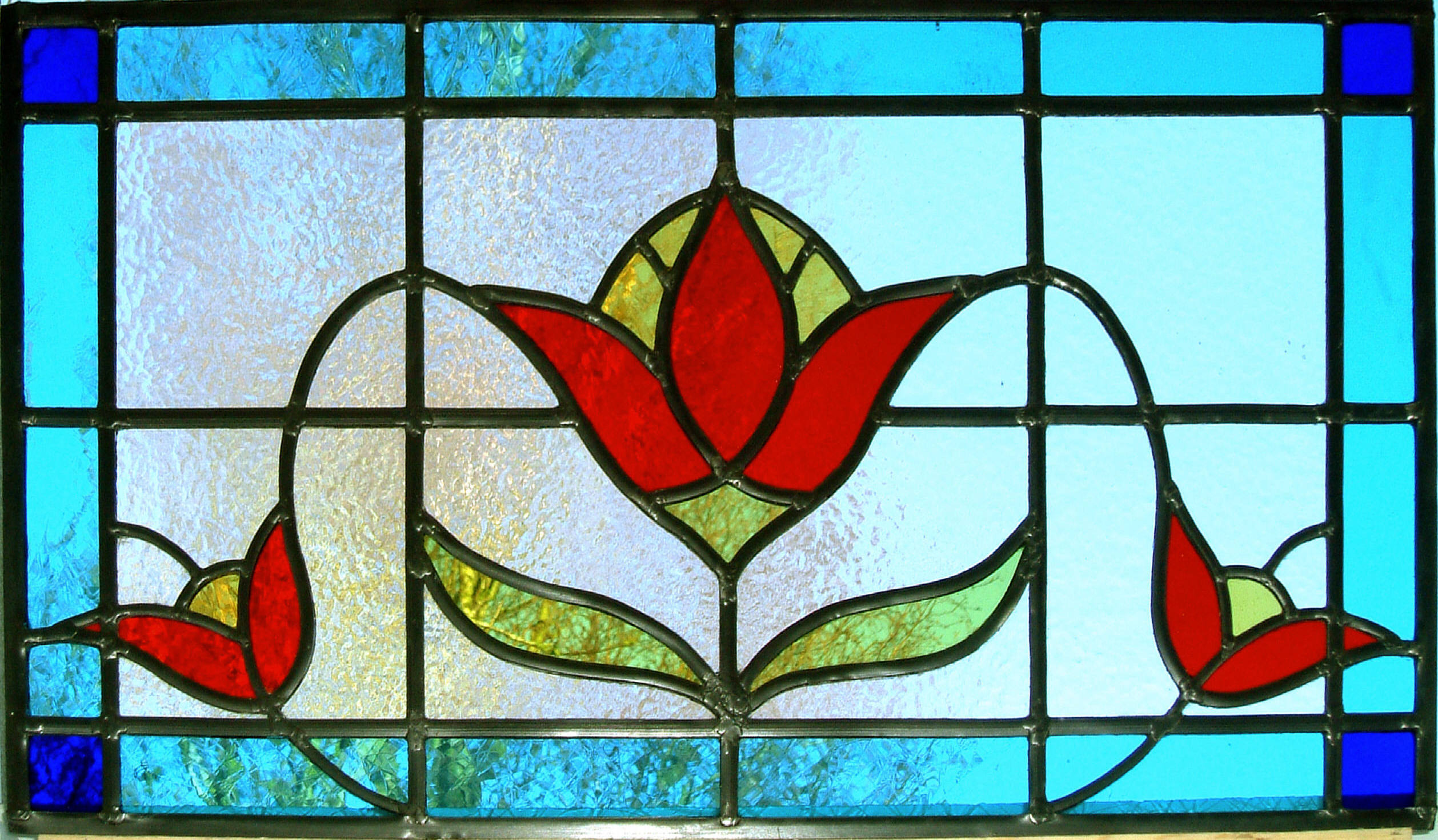
Using free printable stained glass patterns offers several advantages for stained glass enthusiasts. Whether you are a beginner or an experienced artist, these patterns can greatly enhance your projects and make the whole process more enjoyable.One of the main benefits of using free printable stained glass patterns is the convenience they provide.
Instead of spending hours creating your own design from scratch, you can simply download and print a pattern that suits your project. This saves a significant amount of time and effort, allowing you to focus on the actual creation of the stained glass piece.Another
advantage of free printable patterns is the cost-saving aspect. Purchasing stained glass patterns can be quite expensive, especially if you want to work on multiple projects. By utilizing free printable patterns, you can access a wide variety of designs without spending any money.
This is particularly beneficial for beginners who are still exploring different styles and techniques.Finding reliable sources for free printable stained glass patterns is essential to ensure the quality and accuracy of the designs. Look for reputable websites or online communities that specialize in stained glass art.
These platforms often have a collection of patterns created by experienced artists, guaranteeing their reliability and suitability for use.Now let’s explore some examples of projects that can be created using these patterns. With free printable stained glass patterns, you can make beautiful window panels, lampshades, sun catchers, and even decorative items like jewelry boxes or picture frames.
The possibilities are endless, and you can let your creativity shine through by choosing patterns that align with your artistic vision.In conclusion, using free printable stained glass patterns offers numerous benefits such as convenience, cost-saving, and a wide range of design options.
If you’re looking for a fun activity for your kids, you should check out these elves coloring pages printable . It’s a great way to keep them entertained and engaged. They can use their creativity to color in these adorable elves and create their own magical world.
Not only will it keep them busy, but it will also help improve their fine motor skills and hand-eye coordination. So why not give it a try and let your kids unleash their inner artist?
Take advantage of these resources to enhance your stained glass projects and unleash your creativity.
Finding Free Printable Stained Glass Patterns Online
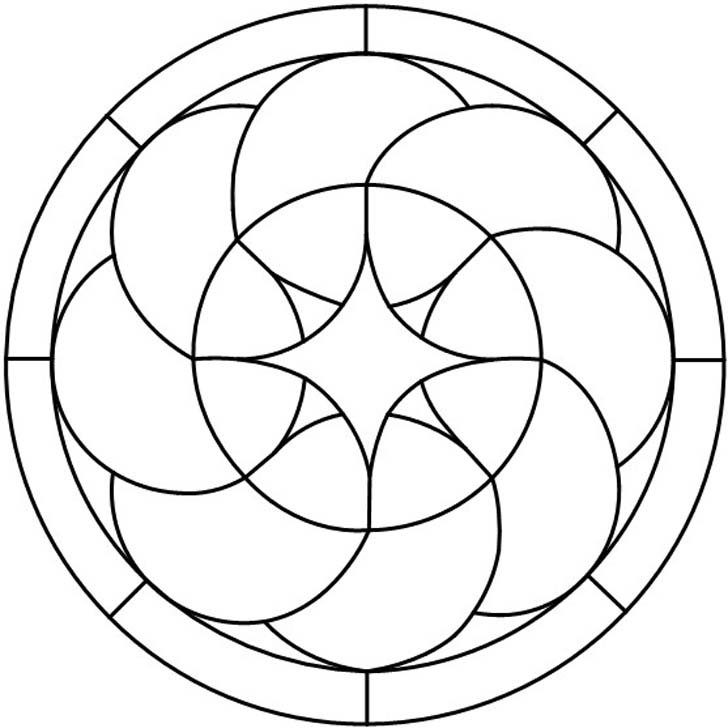
Finding free printable stained glass patterns online is easy and convenient. There are several popular websites that offer a wide variety of patterns to choose from. These websites are user-friendly and make it simple to navigate and search for specific patterns.
Popular Websites for Free Printable Stained Glass Patterns
- 1. Glass Patterns Quarterly: Glass Patterns Quarterly is a popular website that offers a wide range of free printable stained glass patterns. The website has a search feature that allows users to search for specific patterns based on different categories such as animals, flowers, and geometric designs.
- 2. Spectrum Glass: Spectrum Glass is another website that provides free printable stained glass patterns. The website has a dedicated section for patterns, which can be filtered by different themes and difficulty levels.
- 3. Delphi Glass: Delphi Glass is a well-known website that offers a variety of stained glass supplies, including free printable patterns. The website has a section specifically for patterns, where users can browse through different categories and download the patterns they like.
Navigating and Searching for Patterns
To navigate these websites and search for specific patterns, follow these steps:
- 1. Visit the website of your choice.
- 2. Look for the “Patterns” or “Free Patterns” section.
- 3. Browse through the different categories or use the search feature to find patterns that match your preferences.
- 4. Click on the pattern you are interested in to view more details.
- 5. Some websites may require you to create an account or provide your email address before downloading the pattern.
Downloading and Printing Patterns
Once you have found the desired pattern, follow these steps to download and print it:
- 1. Click on the “Download” or “Print” button provided on the website.
- 2. Save the pattern file to your computer.
- 3. Open the pattern file using a PDF viewer or image editing software.
- 4. Adjust the size or scale of the pattern if needed.
- 5. Print the pattern on a suitable paper or transparency film.
Websites with a Wide Variety of Patterns
If you are looking for a wide variety of stained glass patterns, consider visiting the following websites:
- 1. Free Patterns for Stained Glass: This website offers a collection of free stained glass patterns in various categories.
- 2. Chantal’s Stained Glass Patterns: Chantal’s website provides a wide selection of free stained glass patterns, including nature, animals, and holiday-themed designs.
- 3. Pinterest: Pinterest is a popular social media platform where users can find and save images of various topics, including stained glass patterns. Simply search for “free stained glass patterns” to discover a plethora of options.
Tips for Designing and Customizing Stained Glass Patterns
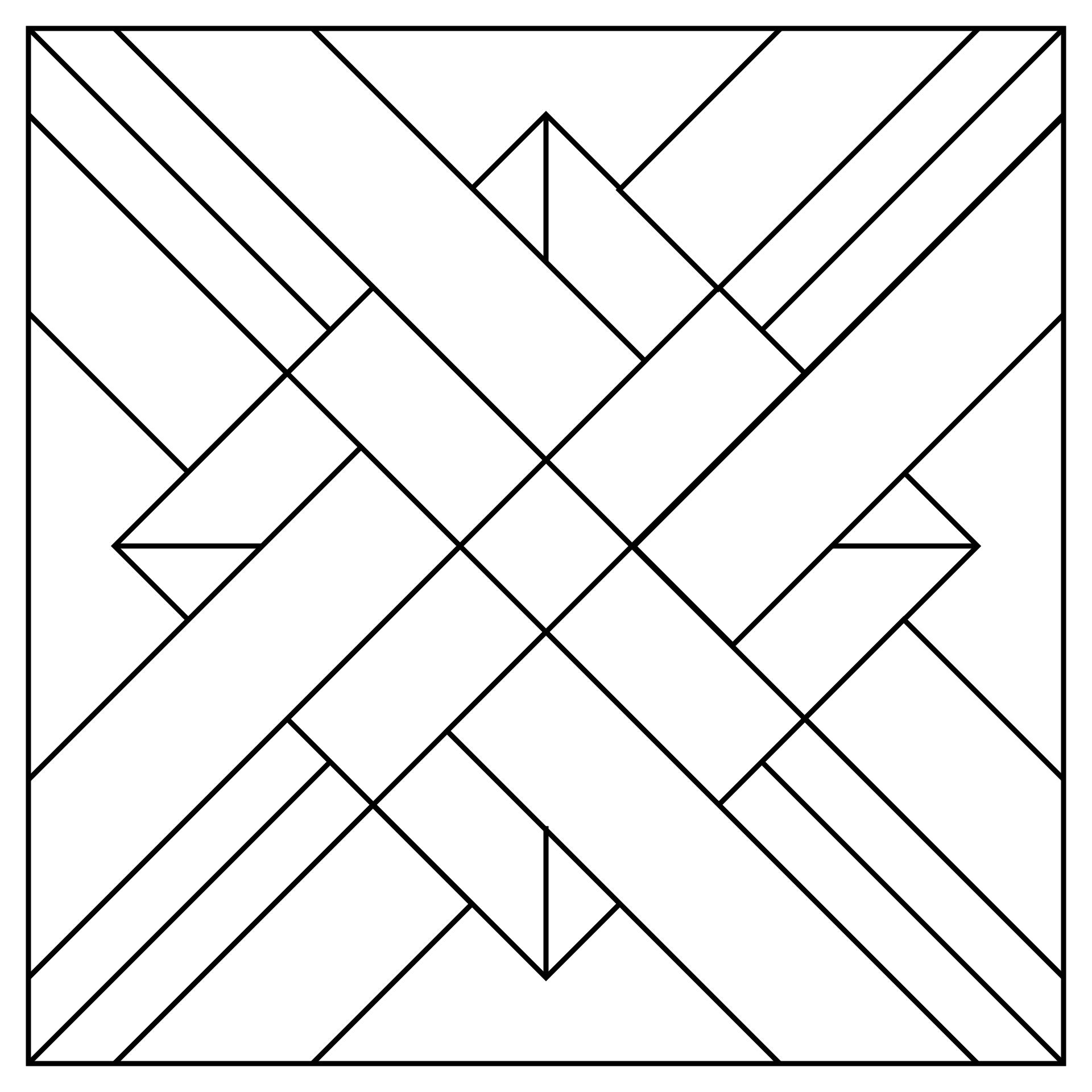
Designing your own stained glass patterns can be a rewarding and creative process. By customizing your designs, you can create unique and personalized pieces of art. Here are some tips to help you get started:
Techniques for Designing Stained Glass Patterns
When designing stained glass patterns, it’s important to consider the overall composition and balance of your design. Here are some techniques you can use:
- Sketch your design: Start by sketching your design on paper. This will help you visualize how the different elements will come together in the final piece.
- Break it down: Break your design down into smaller sections or motifs. This will make it easier to work with and allow you to experiment with different shapes and colors.
- Consider the glass: Keep in mind the type and color of glass you’ll be using. Certain colors and textures can create different effects, so experiment with different combinations.
- Use templates: If you’re new to designing stained glass patterns, consider using templates or stencils as a starting point. This can help you get a feel for the process and inspire your own designs.
Choosing Colors and Shapes for Your Designs
The colors and shapes you choose for your stained glass design can greatly impact the final result. Here are some tips to help you make the right choices:
- Color theory: Familiarize yourself with color theory to understand how different colors work together. Consider using complementary or analogous color schemes for a harmonious design.
- Contrast: Incorporate contrast in your design by using light and dark shades of the same color, or by pairing contrasting colors. This can add depth and visual interest to your stained glass piece.
- Shape variety: Experiment with different shapes in your design. Combining geometric and organic shapes can create a dynamic and visually appealing composition.
- Test it out: Before committing to your final design, consider creating small samples or mock-ups. This will allow you to see how the colors and shapes work together and make any necessary adjustments.
Scaling and Resizing Patterns
Stained glass patterns often need to be scaled or resized to fit different projects. Here’s how you can do it:
- Grid method: Divide your pattern into a grid and then enlarge or reduce the grid squares to the desired size. This will help you maintain the proportions of the design.
- Photocopy or print: If you have a physical pattern, you can photocopy or scan it and then adjust the size using a photocopier or printer. Make sure to maintain the aspect ratio to avoid distorting the design.
- Software tools: There are various software tools available that can help you resize and scale your patterns. Some popular options include Adobe Illustrator, Inkscape, and Glass Eye 2000.
Tools and Software for Pattern Design
When designing stained glass patterns, certain tools and software can aid in the process. Here are some examples:
- Glass Eye 2000: This software is specifically designed for stained glass pattern design. It allows you to create, edit, and resize patterns, as well as simulate how they will look when completed.
- Adobe Illustrator: A versatile graphic design software that can be used for creating intricate stained glass patterns. It offers advanced tools for precise design and customization.
- Inkscape: A free and open-source vector graphics editor that can be used for designing stained glass patterns. It has a user-friendly interface and a wide range of features.
- Traditional tools: Don’t underestimate the power of traditional tools such as pencils, rulers, and tracing paper. These can be used to sketch and refine your designs before transferring them to a digital format.
Techniques for Creating Stained Glass Projects: Free Printable Stained Glass Patterns

Stained glass projects can be created using various techniques that involve cutting and assembling glass pieces. The process requires precision and attention to detail to achieve beautiful and durable results.
Cutting and Assembling Glass Pieces
To create a stained glass project, the first step is to cut the glass pieces according to the pattern. This can be done using glass cutting tools such as glass cutters and grozing pliers. It is important to follow the lines of the pattern accurately to ensure a precise fit.Once
the glass pieces are cut, they can be assembled using different techniques. One common method is the copper foil technique, where copper foil is applied to the edges of each glass piece and then soldered together. Another technique is the lead came method, where lead came strips are used to hold the glass pieces together and soldered at the joints.
Tips on Soldering and Finishing the Project
Soldering is a crucial step in creating stained glass projects as it holds the glass pieces together securely. It is important to use the right type of solder and flux for stained glass work. The solder should have a good flow and create a strong bond between the glass pieces.Before
soldering, the glass pieces should be cleaned and properly positioned. Flux is applied to the copper foil or lead came to help the solder flow smoothly. The soldering iron is then used to melt the solder and create a solid joint between the glass pieces.After
soldering, the project can be finished by cleaning off any excess flux and polishing the solder lines. This can be done using a brush and a cleaning solution specifically designed for stained glass. The finished project should be sturdy and durable, ready to be displayed or installed.
Examples of Finished Stained Glass Projects, Free printable stained glass patterns
Stained glass projects can range from small decorative pieces to large windows or panels. Here are some examples of different finished stained glass projects:
Stained glass window
A window panel featuring intricate designs and vibrant colors, often found in churches or historic buildings.
Stained glass lampshade
A lampshade made of stained glass pieces, creating a beautiful and unique lighting fixture.
Stained glass mosaic
A mosaic artwork made by assembling small glass pieces to create a larger design, often used for wall decorations.
Stained glass suncatcher
A small decorative piece that can be hung in a window to catch the sunlight and create colorful reflections.These examples showcase the versatility and beauty of stained glass projects, and how different techniques can be used to create stunning works of art.
Inspiration for Stained Glass Patterns
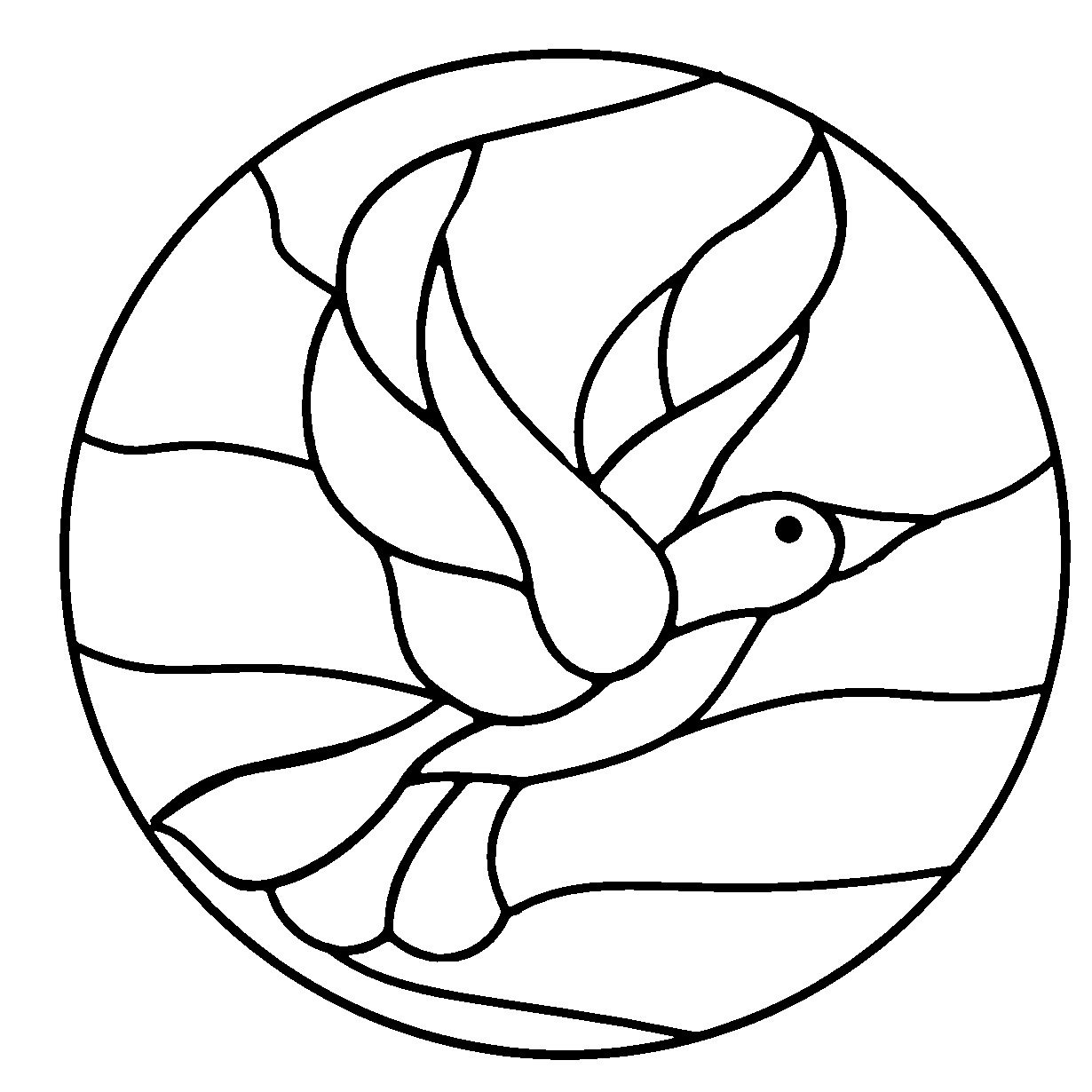
Creating unique stained glass patterns requires inspiration and creativity. Here are some sources of inspiration and tips on how to incorporate them into your designs.
Nature
Nature is a popular source of inspiration for stained glass patterns. The vibrant colors, intricate shapes, and organic forms found in nature can be translated into beautiful stained glass designs. Consider incorporating elements such as flowers, leaves, animals, or landscapes into your patterns.
Pay attention to the details and textures of these natural elements to add depth and realism to your designs.
Geometric Shapes
Geometric shapes are another great source of inspiration for stained glass patterns. From simple squares and triangles to complex patterns like mandalas or tessellations, geometric shapes offer endless possibilities for creating unique and visually appealing designs. Experiment with different combinations, rotations, and scales of geometric shapes to create interesting and dynamic patterns.
Personal Interests
Your personal interests can also serve as inspiration for stained glass patterns. Whether it’s a hobby, a favorite sport, or a meaningful symbol, incorporating elements that hold personal significance to you can make your designs more meaningful and special. Consider using symbols, images, or motifs that represent your interests in your patterns.
Adapting Existing Patterns
Adapting existing patterns is a great way to create new and original designs. Look for stained glass patterns online or in books and magazines, and use them as a starting point for your own creations. You can modify the colors, shapes, or sizes of the elements in the pattern, or combine different patterns together to create a unique design that suits your taste.
Famous Stained Glass Artworks
Looking at famous stained glass artworks can provide inspiration and ideas for your own designs. Study the works of renowned stained glass artists such as Louis Comfort Tiffany, Frank Lloyd Wright, or Charles Rennie Mackintosh. Analyze their use of color, composition, and techniques, and try to incorporate some of their design principles into your own patterns.Remember,
the key to creating unique stained glass patterns is to let your creativity flow and to draw inspiration from various sources. Whether it’s nature, geometric shapes, personal interests, or famous artworks, there are endless possibilities to explore and create beautiful stained glass designs.


